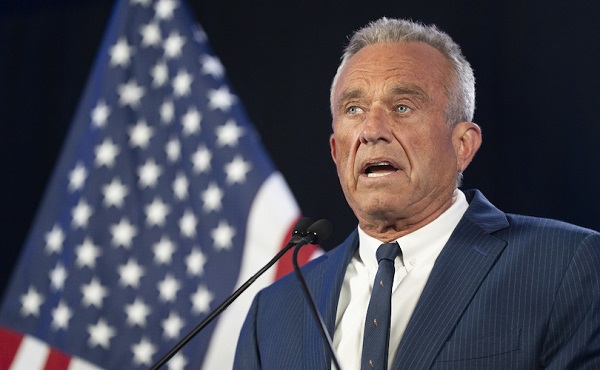Alberta
Leading proponent of Alberta Independence predicts provincial referendum in 2025
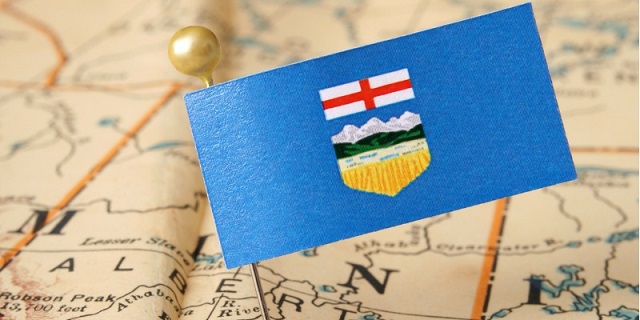
 Jeffrey Rath
Jeffrey Rath
Over one third of Albertans already support Independence from Ottawa
You know that Alberta is making progress towards an independence referendum in 2025 when both Alberta Premier Danielle Smith and Alberta Communist Leader Naheed Nenshi are discussing, considering, or teasing an Alberta Independence Referendum to be held in 2025.
This level of agreement between the two party leaders on the need for an independence referendum is demonstrative of the degree to which Alberta conversations on independence from Canada have taken hold around family dinner tables and in the pubs and community halls of the Commonwealth of Alberta.
Independent Journalist Rachel Parker has recently commissioned a poll that has support for Alberta Independence at 37%. It is noteworthy that there is presently 37% popular support for independence WITHOUT Albertans being educated on the benefits of Independence from Canada. Some of these benefits include:
- 60,000,000,000.00 (60 BILLION) dollars a year would remain in Alberta as opposed to being sent to Ottawa for “redistribution” to the mismanaged provinces of Canada.
- NO FEDERAL INCOME TAX
- NO CARBON TAX
- NO CAPITAL GAINS TAX
- NO GST
- NO EXCISE TAX
- NO MORE FEDERAL GUN GRABS
- NO MORE FEDERAL OVER REGULATION OF SPEECH, INTERNET COMMUNICATION, AGRICULTURE, TRAVEL, HEALTH, RESOURCE DEVELOPMENT, OR OTHER MATTERS OF CONCERN TO ALBERTANS.
- NO MORE MISGOVERNANCE BY FEDERAL POLITICIANS ELECTED BY MONTREAL AND TORONTO TO RULE ALBERTA.
The day Alberta declares independence Alberta’s GDP per capita would place Alberta as the the NUMBER ONE COUNTRY IN THE WORLD on the measure of GDP per capita. The end of all federal taxation and regulation will prompt an economic boom and overnight will increase the disposable income of every Albertan by at LEAST 35%.
This column is a call to action. Every Albertan fed up with having our rulers chosen by Toronto and Montreal need to forward this column to Danielle Smith and request that she pass the ALBERTA INDEPENDENCE REFERENDUM ACT.
THE ALBERTA INDEPENDENCE REFERENDUM ACT
Whereas successive Canadian Federal Governments have exceeded their constitutional jurisdiction through property seizures, excessive taxation and natural resource regulation aimed at the destruction of Alberta’s autonomy and sovereignty; and
Whereas the Government of Alberta has been mandated by referendum to bring an end to the payment of “equalization” dollars to provinces of Canada who continually mismanage their public finances;
The Alberta Legislature hereby enacts The Alberta Independence Referendum Act.
1. Within 6 months of every Canadian Federal Election the Government of Alberta shall call a provincial referendum on the Independence of Alberta from Canada.
2. The referendum question shall take the following form:
“Further to the over taxation and unconstitutional overreach of successive Governments of Canada aimed at harming the sovereign citizens of Alberta for the political benefit of successive governments of Canada, The Citizens of Alberta vote to remove Alberta from the Canadian Federation and form an Independent Commonwealth of Alberta.”
3. In furtherance of this legislation all Federal and Provincial taxes in Alberta shall be collected by the Government of Alberta.
4. Only such proportion of such taxes deemed by the government of Alberta to be for the common benefit of the Citizens of Alberta shall be remitted to the Government of Canada.
BY requiring a referendum following every Canadian Federal Election politicians pandering for votes from the idiots that think taxes can change the weather would have to consider the consequences of running on platforms that are based on the continued maldistribution of Alberta’s wealth.
Albertans need to understand that they would prosper by voting to confirm Alberta Independence from greedy politicians in Quebec and Ontario who claim to represent the failed colonial state of “Canada”.
An Alberta Dollar backed by the 3rd largest energy reserves in the world and the wealth of the Alberta Economy would be a stable currency with far greater value than the debt mired Canadian fiat currency.
Alberta Pensioners would see increased pension rates as Alberta could self fund Alberta Pensions out of the 60 BILLION no longer being siphoned out of Alberta by Quebec and Ontario until the 300 BILLION plus share of the Canada Pension plan was repatriated to Alberta.
Albertans need to write to Premier Smith and require her to pass the ALBERTA INDEPENDENCE REFERENDUM ACT prior to the expiry of the writ period for the next Federal Election. Regardless of whether a Conman Carney Liberal Government is elected or a Poilievre Conservative Government is elected, Federal Politicians need to be put on notice that they will continue to ignore or misgovern Alberta at their peril. By requiring an independence referendum following every Federal Election Alberta Voters will have the option of opting out of being governed by who ever Montreal and Toronto voters choose to misgovern Alberta against the will of the Citizens of Alberta.
There is no good reason or excuse for not creating a mechanism that will allow Albertans to put both the Government of Canada and the Government of Alberta on notice of their continued desire to remain in Canada following every Federal Election.
Legislation requiring a vote on independence following every federal election would give Danielle Smith and future leaders the leverage that they need to protect Alberta from globalists like Carney. Albertans should also beware that Pierre Poilievre has made it clear that a Conservative government will not stop Alberta wealth transfers to Quebec or stop ripping off Albertans for the benefit of the Laurentian Elite.
Remember, it’s all fun and games until someone loses a province.
Jeffrey R.W. Rath
Alberta
Equalization program disincentivizes provinces from improving their economies
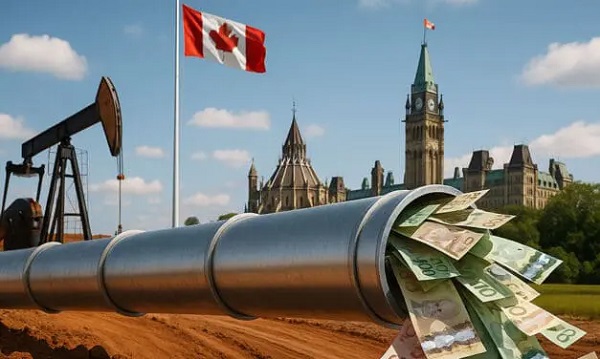
From the Fraser Institute
By Tegan Hill and Joel Emes
As the Alberta Next Panel continues discussions on how to assert the province’s role in the federation, equalization remains a key issue. Among separatists in the province, a striking 88 per cent support ending equalization despite it being a constitutional requirement. But all Canadians should demand equalization reform. The program conceptually and practically creates real disincentives for economic growth, which is key to improving living standards.
First, a bit of background.
The goal of equalization is to ensure that each province can deliver reasonably comparable public services at reasonably comparable tax rates. To determine which provinces receive equalization payments, the equalization formula applies a hypothetical national average tax rate to different sources of revenue (e.g. personal income and business income) to calculate how much revenue a province could generate. In theory, provinces that would raise less revenue than the national average (on a per-person basis) receive equalization, while province’s that would raise more than the national average do not. Ottawa collects taxes from Canadians across the country then redistributes money to these “have not” provinces through equalization.
This year, Ontario, Quebec, Manitoba and all of Atlantic Canada will receive a share of the $26.2 billion in equalization spending. Alberta, British Columbia and Saskatchewan—calculated to have a higher-than-average ability to raise revenue—will not receive payments.
Of course, equalization has long been a contentious issue for contributing provinces including Alberta. But the program also causes problems for recipient or “have not” provinces that may fall into a welfare trap. Again, according to the principle of equalization, as a province’s economic fortunes improve and its ability to raise revenues increases, its equalization payments should decline or even end.
Consequently, the program may disincentivize provinces from improving their economies. Take, for example, natural resource development. In addition to applying a hypothetical national average tax rate to different sources of provincial revenue, the equalization formula measures actual real-world natural resource revenues. That means that what any provincial government receives in natural resource revenue (e.g. oil and hydro royalties) directly affects whether or not it will receive equalization—and how much it will receive.
According to a 2020 study, if a province receiving equalization chose to increase its natural resource revenues by 10 per cent, up to 97 per cent of that new revenue could be offset by reductions in equalization.
This has real implications. In 2018, for instance, the Quebec government banned shale gas fracking and tightened rules for oil and gas drilling, despite the existence of up to 36 trillion cubic feet of recoverable natural gas in the Saint Lawrence Valley, with an estimated worth of between $68 billion and $186 billion. Then in 2022, the Quebec government banned new oil and gas development. While many factors likely played into this decision, equalization “claw-backs” create a disincentive for resource development in recipient provinces. At the same time, provinces that generally develop their resources—including Alberta—are effectively punished and do not receive equalization.
The current formula also encourages recipient provinces to raise tax rates. Recall, the formula calculates how much money each province could hypothetically generate if they all applied a national average tax structure. Raising personal or business tax rates would raise the national average used in the formula, that “have not” provinces are topped up to, which can lead to a higher equalization payment. At the same time, higher tax rates can cause a decline in a province’s tax base (i.e. the amount of income subject to taxes) as some taxpayers work or invest less within that jurisdiction, or engage in more tax planning to reduce their tax bills. A lower tax base reduces the amount of revenue that provincial governments can raise, which can again lead to higher equalization payments. This incentive problem is economically damaging for provinces as high tax rates reduce incentives for work, savings, investment and entrepreneurship.
It’s conceivable that a province may be no better off with equalization because of the program’s negative economic incentives. Put simply, equalization creates problems for provinces across the country—even recipient provinces—and it’s time Canadians demand reform.
Alberta
Provincial pension plan could boost retirement savings for Albertans

From the Fraser Institute
By Tegan Hill and Joel Emes
In 2026, Albertans may vote on whether or not to leave the Canada Pension Plan (CPP) for a provincial pension plan. While they should weigh the cost and benefits, one thing is clear—Albertans could boost their retirement savings under a provincial pension plan.
Compared to the rest of Canada, Alberta has relatively high rates of employment, higher average incomes and a younger population. Subsequently, Albertans collectively contribute more to the CPP than retirees in the province receive in total CPP payments.
Indeed, from 1981 to 2022 (the latest year of available data), Alberta workers paid 14.4 per cent (annually, on average) of total CPP contributions (typically from their paycheques) while retirees in the province received 10.0 per cent of the payments. That’s a net contribution of $53.6 billion from Albertans over the period.
Alberta’s demographic and income advantages also mean that if the province left the CPP, Albertans could pay lower contribution rates while still receiving the same retirement benefits under a provincial pension plan (in fact, the CPP Act requires that to leave CPP, a province must provide a comparable plan with comparable benefits). This would mean Albertans keep more of their money, which they can use to boost their private retirement savings (e.g. RRSPs or TFSAs).
According to one estimate, Albertans’ contribution rate could fall from 9.9 per cent (the current base CPP rate) to 5.85 per cent under a provincial pension plan. Under this scenario, a typical Albertan earning the median income ($50,000 in 2025) and contributing since age 18, would save $50,023 over their lifetime from paying a lower rate under provincial pension plan. Thanks to the power of compound interest, with a 7.1 per cent (average) nominal rate of return (based on a balanced portfolio of investments), those savings could grow to nearly $190,000 over the same worker’s lifetime.
Pair that amount with what you’d receive from the new provincial pension plan ($265,000) and you’d have $455,000 in retirement income (pre-tax)—nearly 72 per cent more than under the CPP alone.
To be clear, exactly how much you’d save depends on the specific contribution rate for the new provincial pension plan. We use 5.85 per cent in the above scenario, but estimates vary. But even if we assume a higher contribution rate, Albertan’s could still receive more in retirement with the provincial pension plan compared to the current CPP.
Consider the potential with a provincial pension contribution rate of 8.21 per cent. A typical Albertan, contributing since age 18, would generate $330,000 in pre-tax retirement income from the new provincial pension plan plus their private savings, which is nearly one quarter larger than they’d receive from the CPP alone (again, $265,000).
Albertans should consider the full costs and benefits of a provincial pension plan, but it’s clearly Albertans could benefit from higher retirement income due to increased private savings.
-

 Crime20 hours ago
Crime20 hours agoCharlie Kirk ASSASSINATED
-
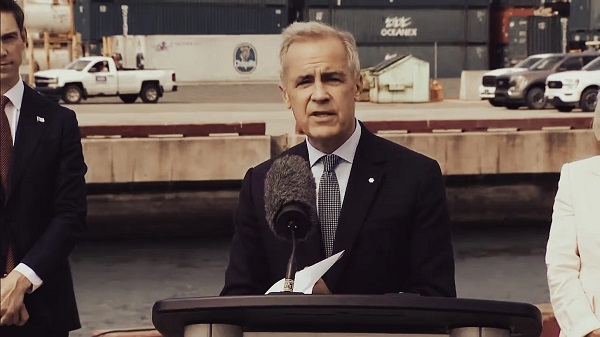
 Business2 days ago
Business2 days agoMark Carney’s Climate Competitiveness Pitch Falls Flat
-
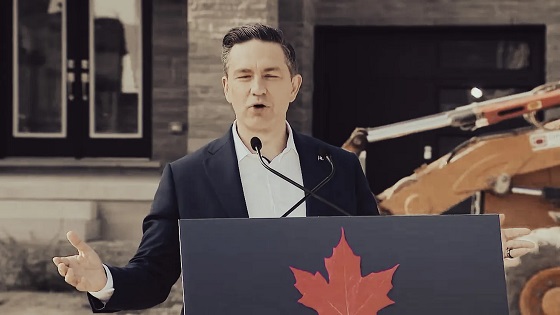
 Business1 day ago
Business1 day agoPoilievre: “Carney More Irresponsible Than Trudeau” as Housing, Jobs, and Energy Failures Mount
-
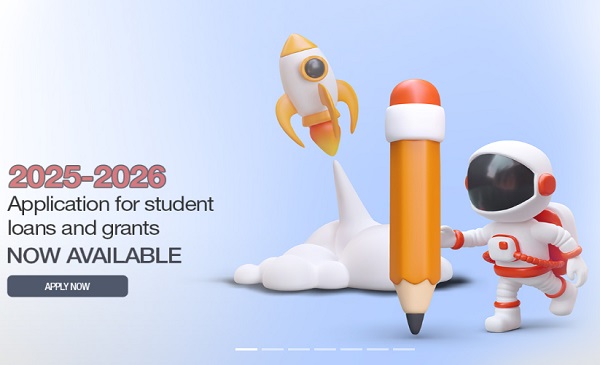
 Alberta1 day ago
Alberta1 day agoProvince urging post secondary students to apply for loans, grants, scholarships, bursaries and awards
-

 Crime22 hours ago
Crime22 hours agoConservative speaker and celebrity Charlie Kirk shot during Q & A event at Utah Valley University
-

 Crime2 days ago
Crime2 days agoCharlotte train killer hit with federal murder charge, faces max penalty
-

 International2 days ago
International2 days agoNepal Tried To Censor The Internet. Young People Set Parliament on Fire.
-
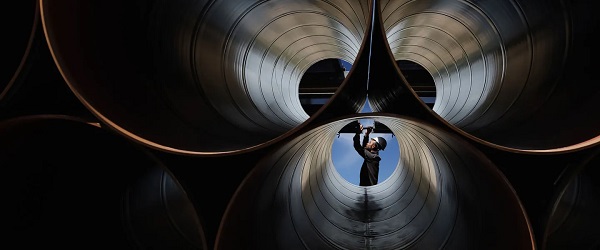
 Business2 days ago
Business2 days agoCanada can’t allow so many people to say ‘no’ to energy projects







